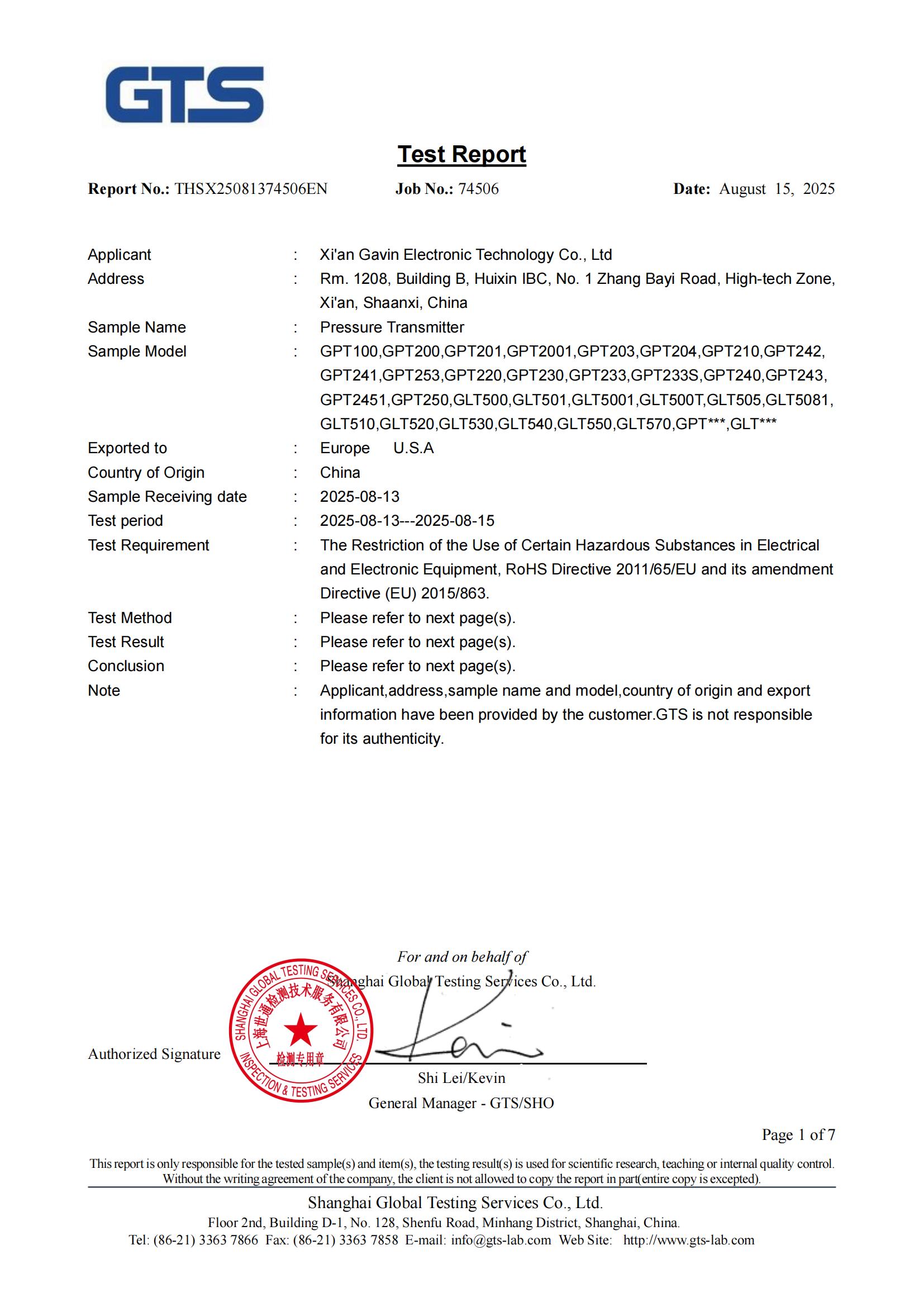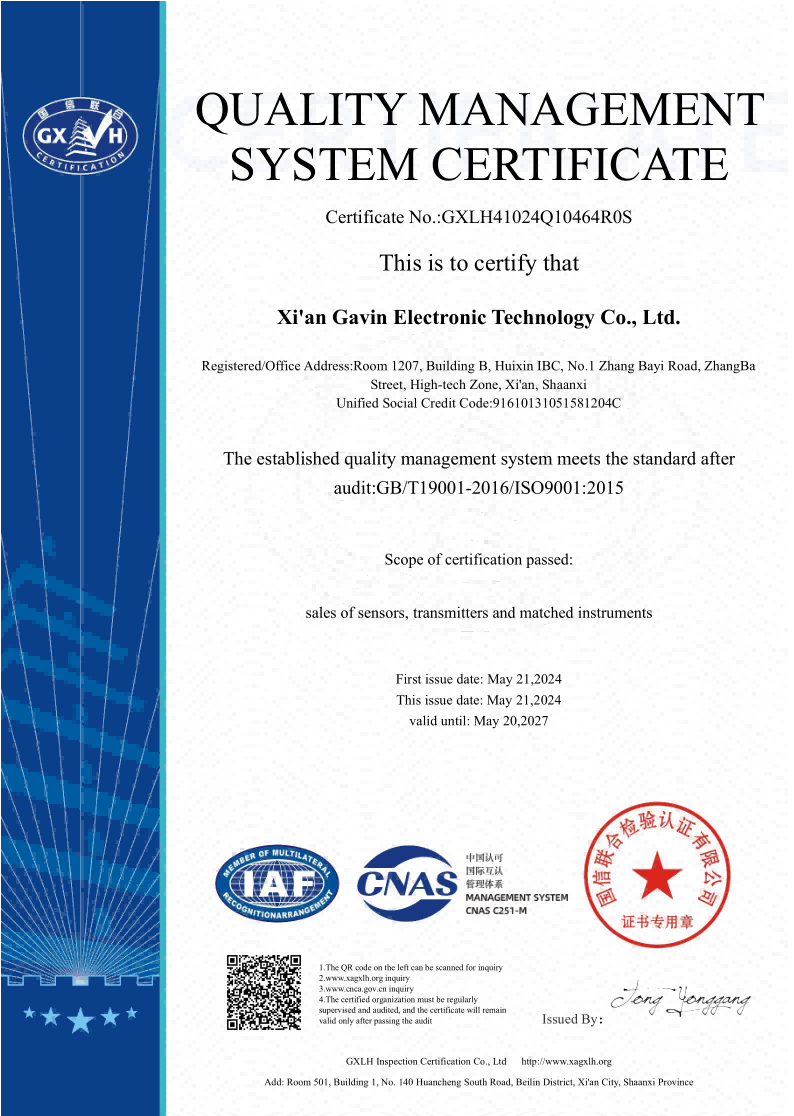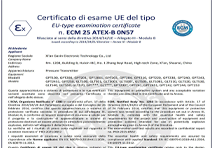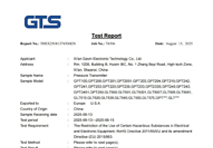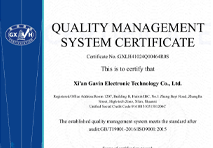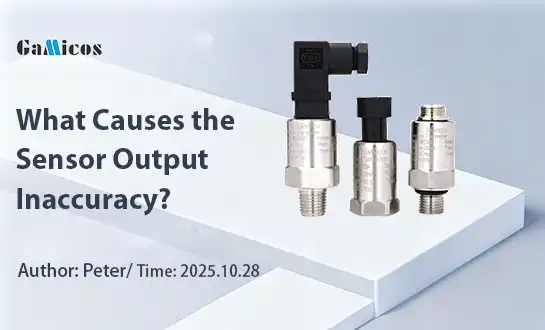How to Choose the Best Pressure Transmitter for Industrial Applications?
Key Features to Look for in a Pressure Transmitter
Choosing the best pressure transmitter for industrial applications involves considering several key factors. These include the required accuracy, pressure range, process connection, output signal, and environmental conditions. Additionally, you should evaluate the transmitter's durability, compatibility with your specific application, and long-term reliability. It's crucial to select a pressure transmitter that not only meets your current needs but also offers flexibility for future requirements. Consulting with experienced manufacturers and conducting thorough research can help ensure you make the most suitable choice for your industrial pressure measurement needs.
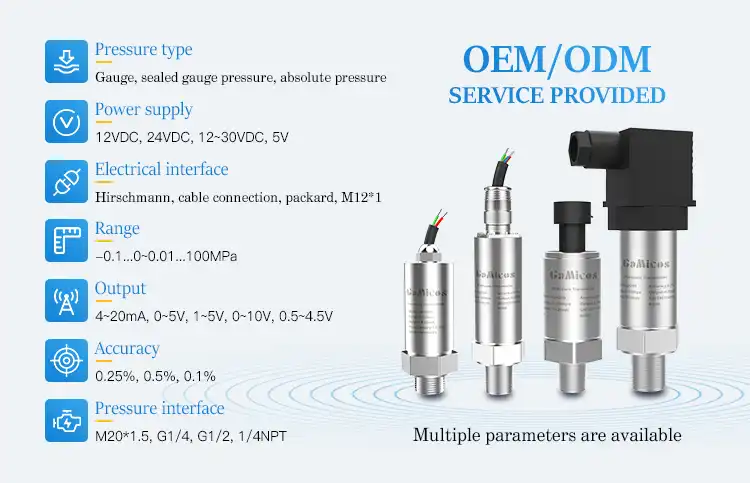
Key Features to Look for in a Pressure Transmitter
Accuracy and Precision in Pressure Measurement
When selecting a pressure transmitter, accuracy is paramount. The best pressure transmitter should provide highly accurate readings across its entire operating range. Look for devices with low total error band (TEB) specifications, typically expressed as a percentage of the full-scale output. For instance, a pressure transmitter with a TEB of ±0.1% will offer more precise measurements than one with ±0.5%.
Additionally, consider the long-term stability of the pressure transmitter. A device that maintains its accuracy over extended periods reduces the need for frequent calibrations, saving time and resources. Some high-quality product can maintain their accuracy for years without significant drift.
Pressure Range and Overload Protection
The pressure range of the transmitter should match your application requirements. It's essential to choose a device that can handle both the normal operating pressures and potential pressure spikes. Overload protection is a critical feature that safeguards the pressure transmitter from damage caused by sudden pressure surges.
For example, if your process typically operates at 100 psi but can occasionally spike to 150 psi, you might choose a pressure transmitter with a range of 0-200 psi and an overload rating of 300 psi. This ensures accurate measurements during normal operation while providing a safety margin for unexpected pressure events.
Environmental Considerations for Pressure Transmitters
Industrial environments can be harsh, so your chosen pressure transmitter must be able to withstand the specific conditions of your application. Consider factors such as temperature extremes, humidity, vibration, and potential exposure to corrosive substances.
Look for pressure transmitters with appropriate ingress protection (IP) ratings to ensure they can resist dust and moisture. For instance, an IP68-rated pressure transmitter would be suitable for applications where the device might be temporarily submerged in water.
Temperature compensation is another crucial feature. The best pressure transmitters incorporate temperature sensors and advanced algorithms to maintain accuracy across a wide temperature range, ensuring reliable measurements in varying environmental conditions.
Industrial Applications of Pressure Transmitters
Pressure Transmitters in Process Industries
Pressure transmitters play a vital role in various process industries, including chemical manufacturing, oil and gas, and food processing. In these sectors, accurate pressure measurements are essential for maintaining product quality, ensuring safety, and optimizing efficiency.
For example, in the chemical industry, pressure transmitters monitor reactor pressures to ensure optimal reaction conditions and prevent dangerous over-pressurization. In oil and gas applications, these devices are crucial for monitoring wellhead pressures, pipeline integrity, and storage tank levels.
When selecting a pressure transmitter for process industries, consider factors such as chemical compatibility, hygiene requirements (especially in food and pharmaceutical applications), and the need for hazardous area certifications.
Pressure Transmitters in Hydraulic and Pneumatic Systems
Hydraulic and pneumatic systems rely heavily on pressure transmitters for efficient operation and maintenance. These systems are found in various industries, including manufacturing, construction, and aerospace.
In hydraulic systems, pressure transmitters monitor fluid pressure to ensure proper system function and prevent component damage. For pneumatic systems, these devices help maintain optimal air pressure for tools and machinery operation.
When choosing a pressure transmitter for these applications, consider factors such as response time, vibration resistance, and the ability to handle pressure pulsations. Devices with dampening features can provide more stable readings in systems with rapid pressure fluctuations.
Pressure Transmitters in HVAC and Building Automation
In HVAC (Heating, Ventilation, and Air Conditioning) and building automation systems, pressure transmitters are essential for maintaining indoor air quality and energy efficiency. These devices monitor air pressure differentials, filter conditions, and system performance.
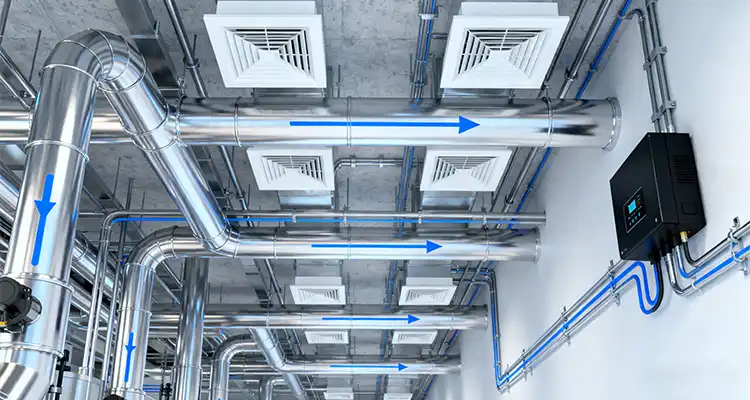
For instance, pressure transmitters can detect when air filters need replacement by measuring the pressure drop across the filter. In variable air volume (VAV) systems, they help regulate airflow to different zones of a building.
When selecting pressure transmitters for HVAC applications, consider factors such as low-pressure sensitivity, long-term stability, and compatibility with building management systems. Many modern products offer digital outputs that can integrate seamlessly with smart building technologies.
Maximizing Accuracy with the Right Pressure Transmitter
Calibration and Maintenance of Pressure Transmitters
Regular calibration and maintenance are crucial for ensuring the ongoing accuracy of pressure transmitters. Establish a calibration schedule based on the manufacturer's recommendations and your specific application requirements. Some pressure transmitters offer self-diagnostic features that can alert you to potential issues before they affect measurement accuracy.
When calibrating, use traceable standards and follow proper procedures. Many modern pressure transmitters allow for in-situ calibration, reducing downtime. Keep detailed records of calibration results to track long-term performance and identify any trends that might indicate a need for replacement or repair.
Routine maintenance should include checking for physical damage, ensuring proper electrical connections, and verifying that the pressure transmitter is clean and free from obstructions. In harsh environments, protective measures such as diaphragm seals or impulse line purging systems can help maintain accuracy and extend the life of the pressure transmitter.
Advanced Features for Enhanced Pressure Measurement
Modern pressure transmitters often incorporate advanced features that can significantly enhance measurement accuracy and reliability. Look for devices with built-in temperature compensation, which can automatically adjust for temperature-induced errors.
Some pressure transmitters offer multi-variable capabilities, measuring not only pressure but also temperature or even flow. These devices can provide more comprehensive process data while reducing the number of instruments required.
Digital communication protocols such as HART, Foundation Fieldbus, or Profibus allow for remote configuration, diagnostics, and data retrieval. This can simplify setup, troubleshooting, and integration with broader control systems.
Customization Options for Specific Pressure Applications
For unique or challenging applications, customized pressure transmitters may be the best solution. Many manufacturers offer customization options such as special materials for wetted parts, non-standard pressure ranges, or specific output configurations.
When considering customization, work closely with the manufacturer to ensure that the pressure transmitter meets all your specific requirements. This might include factors such as special calibration points, custom housing designs for tight spaces, or integration of additional sensors for multi-parameter measurements.
Remember that while customized solutions can provide optimal performance for your application, they may come with longer lead times and higher costs. Carefully weigh the benefits against these factors when making your decision.
Conclusion
Choosing the best pressure transmitter for industrial applications requires careful consideration of various factors, including accuracy, pressure range, environmental conditions, and specific application requirements. By understanding these key aspects and leveraging advanced features, you can select a pressure transmitter that not only meets your current needs but also provides long-term reliability and performance.
Remember that the initial cost of a pressure transmitter is often outweighed by its long-term value in terms of accuracy, reliability, and reduced maintenance needs. Investing in a high-quality product from a reputable manufacturer can lead to significant benefits in process efficiency, safety, and overall operational costs.
Expert Pressure Transmitter Solutions - GAMICOS
GAMICOS stands at the forefront of pressure measurement technology, offering a comprehensive range of pressure transmitters designed to meet the diverse needs of industrial applications. Our GPT200 pressure transmitter, featuring diffused silicon sensors and advanced isolation techniques, exemplifies our commitment to accuracy and reliability. With extensive experience serving clients in 98 countries, GAMICOS provides not just products, but complete solutions tailored to your specific requirements. From customization options to IoT integration, our team is dedicated to ensuring you get the best pressure transmitter for your application. For expert guidance and top-quality pressure measurement solutions, contact GAMICOS today at info@gamicos.com.
References
1. Smith, J. (2022). "Advanced Pressure Measurement Techniques in Industrial Applications." Journal of Process Engineering, 45(3), 112-128.
2. Johnson, A. & Lee, S. (2021). "Selecting and Implementing Pressure Transmitters for Optimal Performance." Industrial Automation Handbook, 7th Edition. Springer.
3. Brown, R. (2023). "Innovations in Pressure Transmitter Technology for Smart Manufacturing." Sensors and Instrumentation Magazine, 18(2), 34-42.
4. Technical Committee on Industrial Pressure Measurement. (2022). "Best Practices for Pressure Transmitter Selection and Installation." International Society of Automation.
5. Zhang, L. et al. (2023). "A Comprehensive Review of Pressure Transmitter Applications in Process Industries." Chemical Engineering Journal, 430, 132541.

Peter
Peter, Senior Sensor Technology Consultant, has 15-year industrial sensor R&D experience. He specializes in the end-to-end development of high-accuracy pressure and level sensors and he firmly believe, precision isn’t just a spec—it’s a promise.
We're here to help — submit your request anytime!
Let us know how we can help solve your pressure level measurement challenge.
Recommended Blog
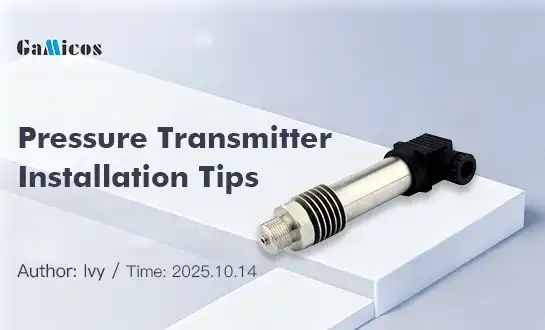
What should I pay attention to when installing a pressure transmitter?

Pressure Sensor VS Pressure Transmitter: Are They the Same Thing?
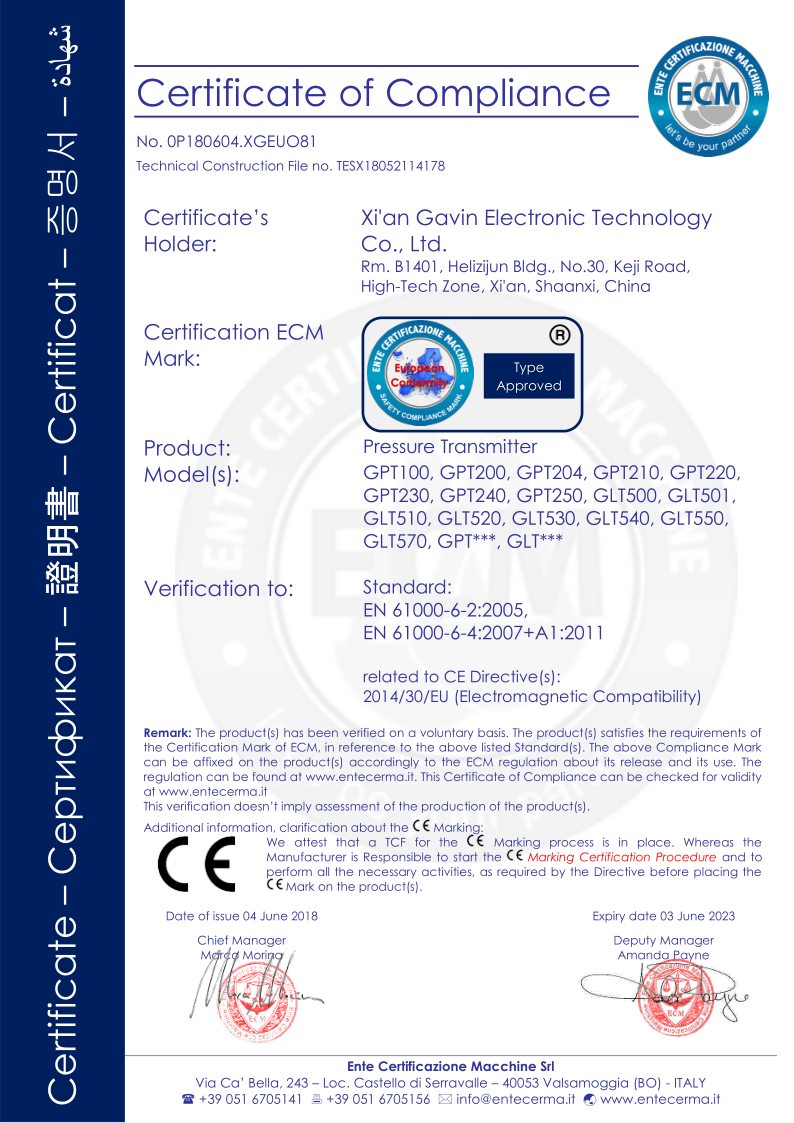
_1757930850792.jpg)
